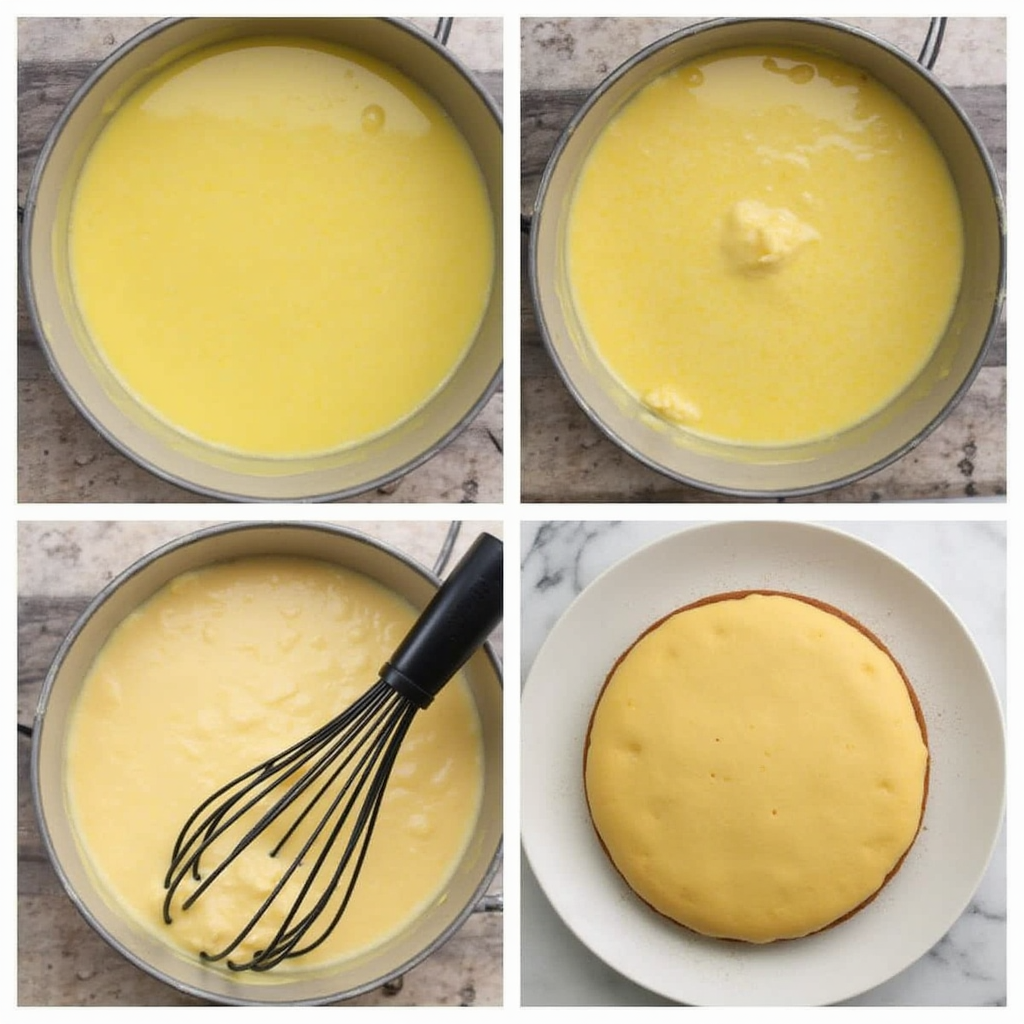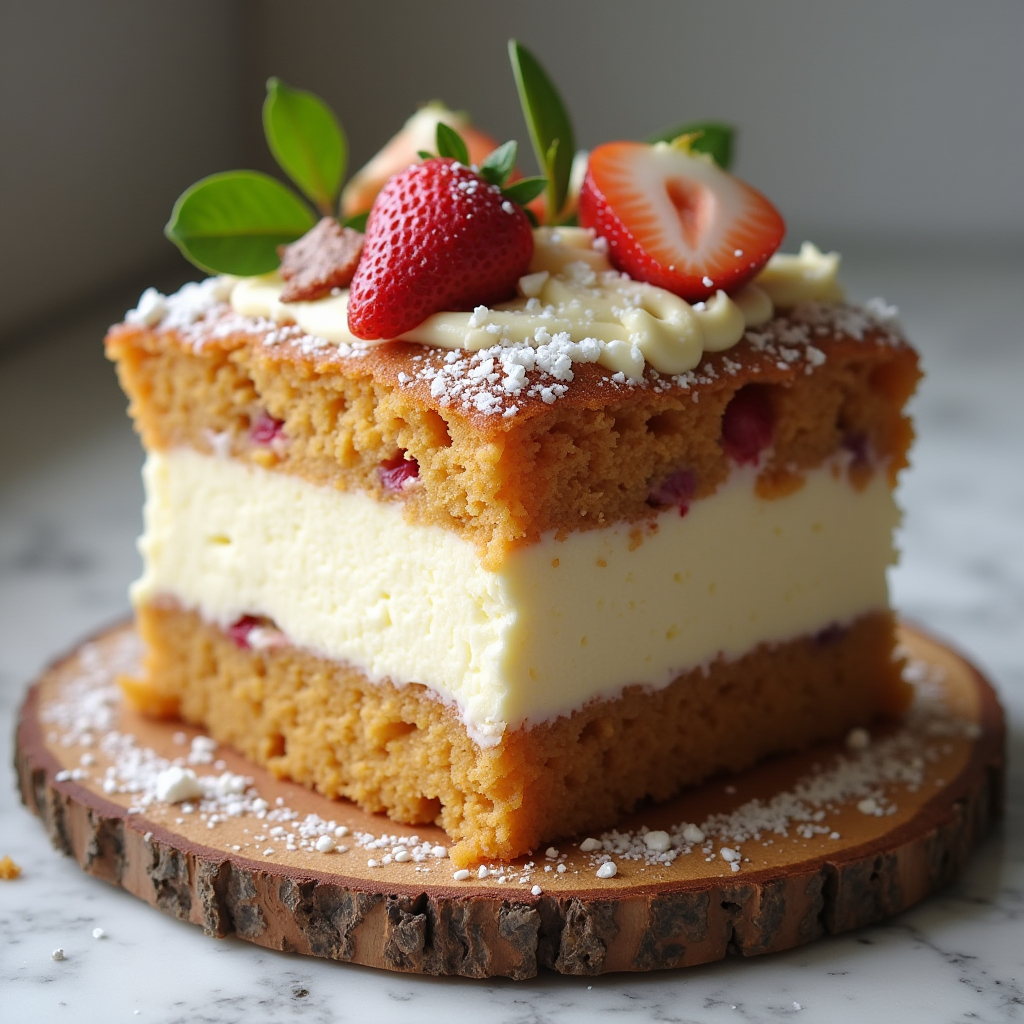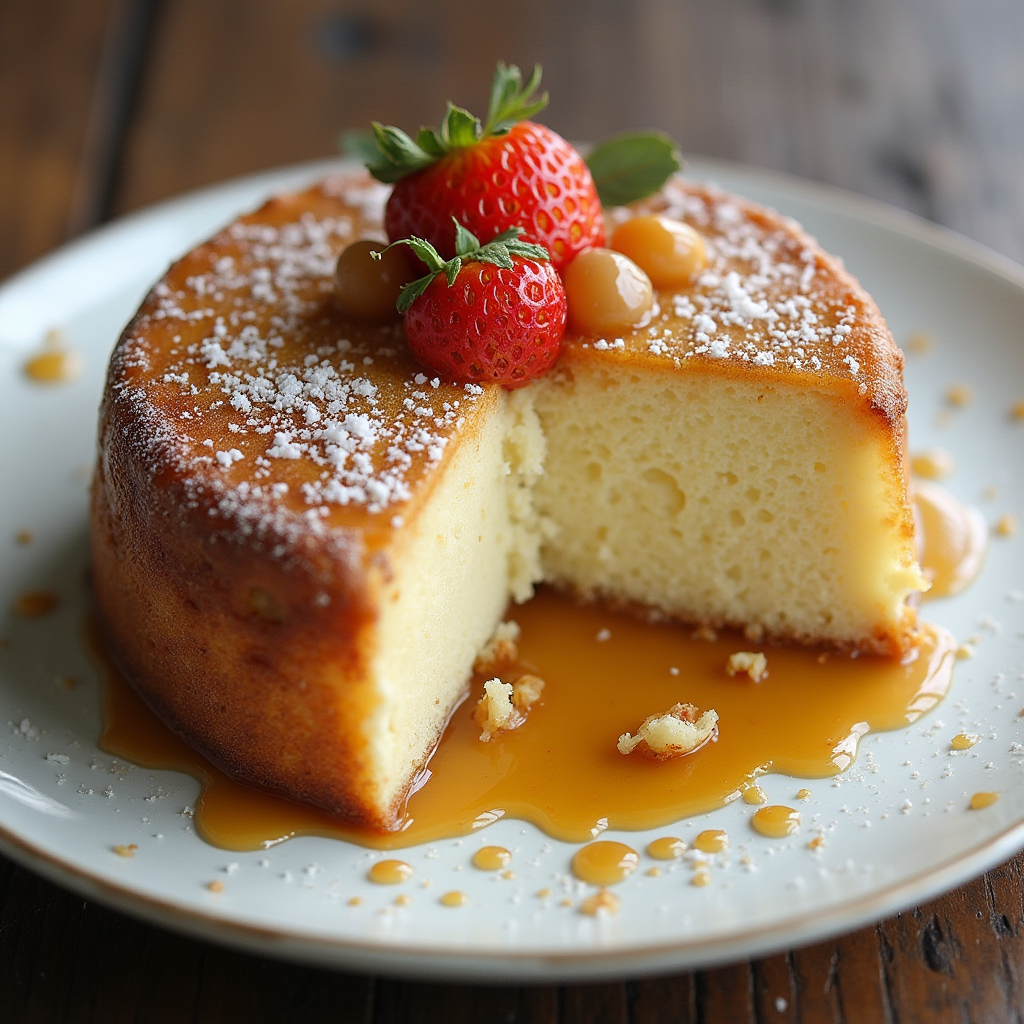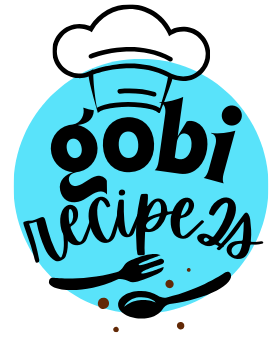Introduction
Is goat milk cake the dessert your kitchen has been missing? This unique and delightful treat offers a rich flavor and texture that’s hard to match. Whether you’re a seasoned baker or someone exploring the world of goat milk for the first time, this guide will equip you with everything you need to know. From its history to its variations, baking tips, and recipe, you’ll gain a full understanding of why this cake deserves a place in your baking repertoire.
Read on to discover the charm of goat milk as a baking ingredient and how to create a cake that will impress your taste buds and guests alike.
The Unique Qualities of Goat Milk
What makes goat milk an exceptional choice for baking? Its properties are distinct, and when used in recipes like goat milk cake, the results are extraordinary.
- Rich Flavor Profile: Goat milk has a subtle tanginess that enhances both sweet and savory dishes.
- Nutritional Benefits: Packed with calcium, vitamin A, and potassium, goat milk offers essential nutrients that benefit the body.
- Lower Allergen Risk: Many individuals find goat milk easier to digest, making it an excellent alternative for sensitive stomachs.
- Versatility: Its creamy texture and balanced fat content ensure it blends seamlessly into batters and doughs.
When incorporated into a cake, these qualities create a final product that is moist, flavorful, and slightly unique compared to traditional cakes. By using goat milk, you’ll elevate your baking while offering a delicious and nutritious dessert.
History and Cultural Significance
The origins of goat milk cake are deeply rooted in regions where goat milk has been a dietary staple for centuries. In many Mediterranean and Middle Eastern cultures, goat milk has long been a prized ingredient, used in everything from cheeses to desserts. Over time, its inclusion in cakes became a way to celebrate special occasions.
In rural communities, where goat farming was prevalent, goat milk cake symbolized resourcefulness and culinary innovation. It allowed families to utilize fresh, locally available ingredients to create decadent treats. Today, this cake remains a nod to those traditions while also appealing to modern food enthusiasts looking for a twist on classic desserts.
Ingredients for a Perfect Goat Milk Cake
The secret to a delectable goat milk cake lies in its thoughtfully chosen ingredients. Here’s what you’ll need:
- Flour: Opt for all-purpose flour for a soft yet structured crumb.
- Goat Milk: The star ingredient, providing creaminess and depth of flavor.
- Butter: Adds richness; softened butter ensures a smooth batter.
- Sugar: Granulated sugar gives the perfect sweetness.
- Eggs: Help bind the batter and contribute to a tender texture.
- Baking Powder and Baking Soda: Essential leavening agents for a fluffy cake.
- Vanilla Extract: Enhances the flavor without overpowering the goat milk’s natural taste.
- Salt: Balances sweetness and enhances overall flavor.
Each ingredient works harmoniously to ensure the cake is light, moist, and packed with flavor. Using fresh, high-quality goat milk elevates the overall result, making it truly stand out.
Step-by-Step Recipe
Creating the perfect goat milk cake is straightforward and rewarding. Follow these steps for a foolproof result:

Instructions:
- Preheat the Oven: Set your oven to 350°F (175°C) and grease a 9-inch cake pan.
- Mix Dry Ingredients: In a bowl, whisk together 2 ½ cups of flour, 1 teaspoon of baking powder, ½ teaspoon of baking soda, and a pinch of salt.
- Cream Butter and Sugar: Using a mixer, blend 1 cup of softened butter with 1 ½ cups of sugar until light and fluffy.
- Incorporate Eggs: Add three eggs, one at a time, beating well after each addition.
- Add Goat Milk and Vanilla: Gradually pour in 1 cup of goat milk and 2 teaspoons of vanilla extract, mixing until smooth.
- Combine Wet and Dry Ingredients: Slowly fold the dry ingredients into the wet mixture, ensuring no lumps.
- Bake: Pour the batter into the prepared pan and bake for 30–35 minutes or until a toothpick inserted into the center comes out clean.
- Cool and Serve: Allow the cake to cool completely before frosting or serving plain.
This recipe yields a beautifully moist cake with a delightful hint of goat milk’s natural creaminess.
Variations of Goat Milk Cake
Goat milk cake can be adapted in countless ways to suit various tastes and occasions. Here are some popular variations:
- Chocolate Goat Milk Cake: Add ¾ cup of cocoa powder for a rich, chocolaty twist.
- Lemon Goat Milk Cake: Incorporate 2 tablespoons of lemon zest and a drizzle of lemon glaze for a refreshing flavor.
- Spiced Goat Milk Cake: Blend in cinnamon, nutmeg, and cloves for a warm, aromatic treat.
- Fruit-Infused Goat Milk Cake: Fold in fresh berries, such as blueberries or raspberries, to add bursts of sweetness.
Each variation offers a unique take on the classic recipe, ensuring there’s a version for every palate.
Tips for Baking with Goat Milk
Baking with goat milk requires attention to detail to achieve the best results. Consider these tips for your next goat milk cake:
- Use Fresh Milk: Fresh goat milk provides the best flavor and consistency.
- Avoid Overmixing: Overmixing the batter can result in a dense cake; mix just until combined.
- Room-Temperature Ingredients: Ensure all ingredients, especially goat milk, are at room temperature for smooth blending.
- Adjust Sugar for Variations: If adding sweet fruits or glazes, reduce the sugar in the batter slightly to balance flavors.
- Test for Doneness: Since oven temperatures vary, check the cake a few minutes before the recommended baking time.
By following these tips, you’ll consistently achieve a cake that’s moist, flavorful, and irresistibly delicious.
Storing and Serving Goat Milk Cake
Properly storing and serving goat milk cake ensures it retains its flavor, texture, and freshness. A few simple steps can make all the difference.
For storage:
- Refrigeration: Wrap the cake tightly in plastic wrap or store it in an airtight container. This method keeps the cake moist and prevents it from absorbing odors in the fridge.
- Freezing: For long-term storage, slice the cake into portions, wrap each piece in plastic wrap, and place them in a freezer-safe container. It can be stored for up to three months.
- Room Temperature: If consuming within two days, keep the cake covered at room temperature in a cool, dry place.
For serving:
- Allow the cake to reach room temperature after refrigeration for the best flavor.
- Pair it with toppings like fresh fruit, whipped cream, or a drizzle of honey to enhance its natural richness.
- For warm servings, briefly microwave slices to recreate a freshly baked feel.
Goat Milk Cake in Modern Cuisine

In today’s culinary landscape, goat milk cake has found a prominent place on menus and in home kitchens. Its growing popularity stems from its unique flavor and versatility.
- Fine Dining: Chefs in upscale restaurants often include goat milk cake on their dessert menus, pairing it with artisanal ingredients like lavender or pistachios.
- Home Baking Trends: Home bakers love it for its adaptability, experimenting with gluten-free flours, plant-based toppings, and innovative decorations.
- Global Influence: Inspired by Mediterranean and Middle Eastern roots, modern versions incorporate spices, nuts, and exotic syrups for international appeal.
By bridging tradition and innovation, goat milk cake exemplifies how timeless recipes evolve to meet contemporary tastes.
The Science Behind Goat Milk Baking
Baking with goat milk adds a layer of complexity that goes beyond flavor. The unique chemical composition of goat milk plays a vital role in creating the perfect goat milk cake.
- Fat Content: Goat milk’s balanced fat content provides moisture and a tender crumb without being overly rich.
- Acidity: Its mild acidity reacts with leavening agents like baking soda, resulting in a light and airy cake.
- Proteins: The proteins in goat milk contribute to a smoother batter and a consistent texture.
- Natural Sugars: Lactose in goat milk enhances caramelization, creating a golden crust on the cake.
Understanding these scientific aspects helps bakers maximize the benefits of goat milk, leading to consistently delightful results.
Where to Buy Goat Milk for Baking
Finding high-quality goat milk is essential for crafting the perfect goat milk cake. Here are some reliable sources:
- Local Farms: Visit farmers’ markets or dairy farms for fresh, organic goat milk. Supporting local producers ensures quality and sustainability.
- Grocery Stores: Many supermarkets now stock goat milk in the dairy section, both fresh and shelf-stable options.
- Online Retailers: Reputable online stores deliver fresh or powdered goat milk directly to your doorstep.
- Specialty Stores: Health food stores often carry goat milk, including organic and non-GMO varieties.
When purchasing, look for milk labeled as fresh and pasteurized, as these factors significantly impact the cake’s flavor and safety.
Common Myths About Goat Milk Cakes
Despite its growing popularity, goat milk cake is surrounded by misconceptions. Let’s debunk some of the most common myths:
- “It Tastes Too Goaty”: While goat milk has a distinct flavor, it blends seamlessly in cakes, offering a mild, creamy taste.
- “It’s Only for People with Allergies”: While goat milk is an excellent option for those with sensitivities, it’s also a flavorful and nutritious choice for anyone.
- “It’s Expensive and Hard to Find”: Goat milk is increasingly accessible in stores and online, often at competitive prices.
- “It’s Too Rich for Cakes”: The balanced fat content of goat milk makes it ideal for moist, fluffy cakes without being overwhelming.
By addressing these myths, more people can appreciate the versatility and benefits of goat milk cake.
Environmental Impact of Using Goat Milk
Choosing goat milk for baking, including goat milk cake, can have positive environmental implications compared to other milk sources.
- Lower Carbon Footprint: Goats produce less methane than cows, reducing greenhouse gas emissions.
- Efficient Land Use: Goats thrive on diverse terrains and require less land and water compared to dairy cows.
- Sustainability: Goat farming often relies on traditional, small-scale practices, which are more sustainable and eco-friendly.
By supporting goat milk production, consumers contribute to a more sustainable food system while enjoying a delicious and unique ingredient.
FAQs:
Can You Use Goat Milk in Baking?
Yes, you can absolutely use goat milk in baking, and it often enhances the final product. Thanks to its creamy texture and mild tang, goat milk works seamlessly in recipes that require traditional dairy. Moreover, its natural fat content contributes to a moist and tender crumb in cakes, muffins, and breads. Whether you’re baking a classic goat milk cake or experimenting with other desserts, goat milk provides a flavorful alternative that’s also easy to digest for many people. By incorporating goat milk into your recipes, you can achieve delicious results without much effort.
Can You Substitute Goat Cheese for Buttermilk in a Cake?
No, substituting goat cheese for buttermilk in a cake is not recommended because the two ingredients serve different purposes. While buttermilk is a liquid that provides acidity and moisture, goat cheese is a solid with a tangy flavor but a thicker consistency. However, you can use goat milk as a buttermilk substitute by adding 1 tablespoon of vinegar or lemon juice to 1 cup of goat milk. Allow the mixture to sit for a few minutes before using it in your recipe. This simple trick mimics buttermilk’s acidity while retaining the benefits of goat milk.
Is Goat Milk Better Than Cow Milk?
Whether goat milk is better than cow milk depends on your preferences and needs. Goat milk has several advantages, such as being easier to digest for those with lactose sensitivity, thanks to its unique protein structure. Additionally, it contains higher levels of certain nutrients like calcium and vitamin A. On the other hand, cow milk is often more affordable and widely available. When it comes to baking, goat milk offers a creamy texture and subtle tang that enhances recipes like goat milk cake. By understanding the differences, you can choose the option that best suits your dietary and culinary goals.
Baking With Goat Milk: A Great Alternative to Cow Milk?
Yes, baking with goat milk is an excellent alternative to cow milk. Its creamy consistency and mild flavor enhance baked goods without overpowering them. Goat milk’s natural acidity also reacts well with leavening agents like baking soda, helping cakes and breads rise beautifully. Furthermore, it’s a fantastic choice for individuals who have trouble digesting cow milk. Whether you’re trying to create a healthier dessert or want to experiment with new flavors, goat milk offers a versatile, delicious, and nutritious alternative for your baking needs
Conclusion:

Goat milk cake stands as a testament to the versatility and richness of goat milk. From its cultural roots to its modern adaptations, this dessert offers something for everyone. Whether you’re drawn to its unique flavor, intrigued by its nutritional benefits, or inspired by its sustainability, baking with goat milk opens up a world of culinary possibilities.

